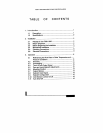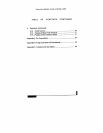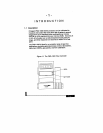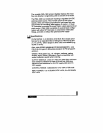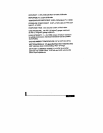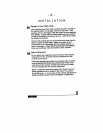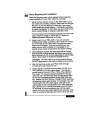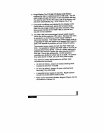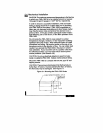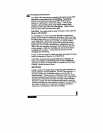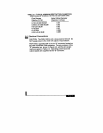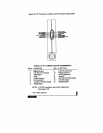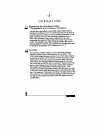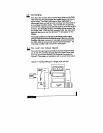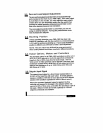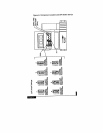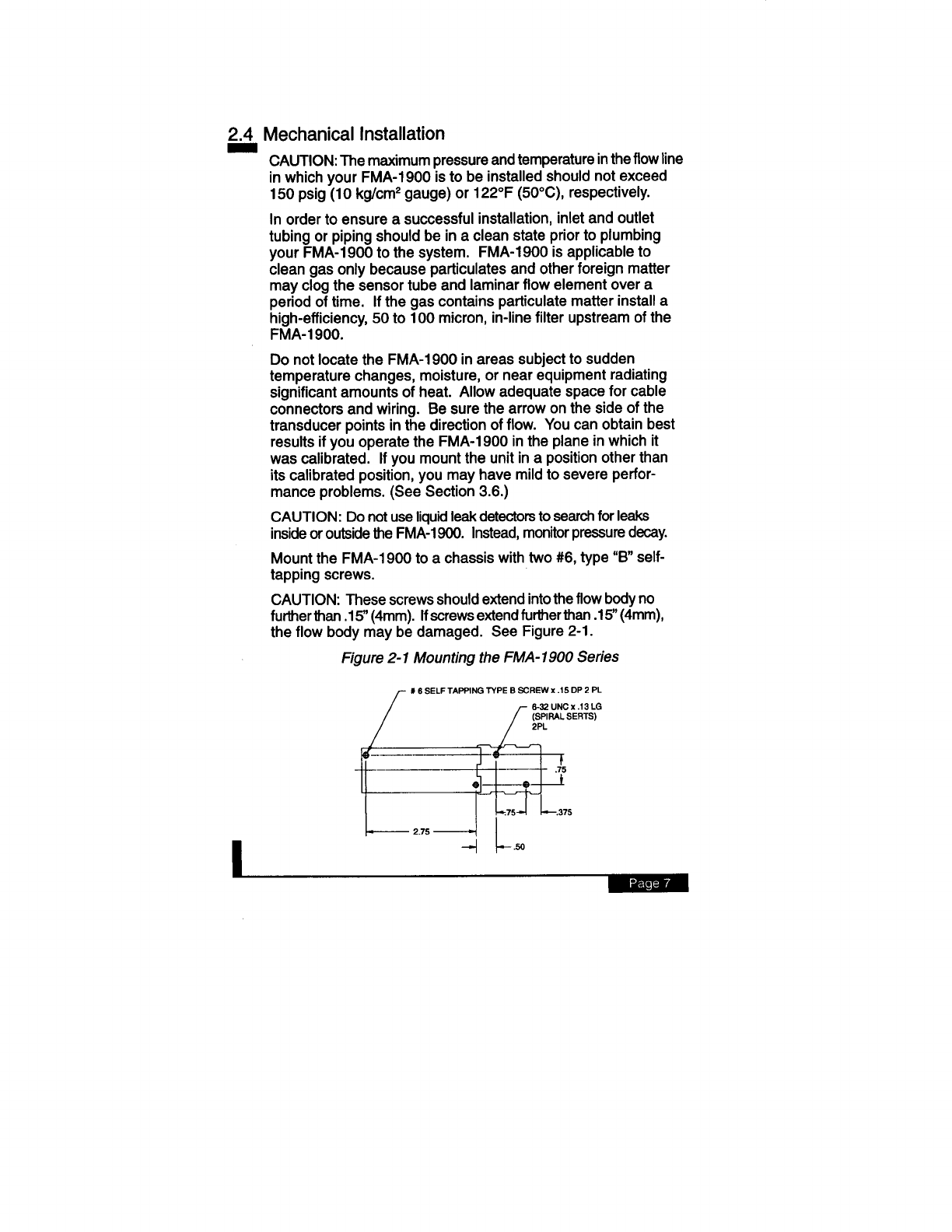
l/4-inch
(outside diameter) compression
fittings, simply insert the tubing into the fitting. Make sure that
the tubing rests firmly on the shoulder of the fitting and that the
nut is finger-tight.
Scribe the nut at the six o ’clock position.
While holding the fitting body steady with a back-up wrench,
tighten the nut one and a quarter turns, watching the scribe
mark make one complete revolution and continue to the nine
o’clock position. After this, the fitting can be reconnected by
snugging with a wrench. Use a back-up wrench to avoid
damaging the inlet fitting.
Finally, check the system ’s entire flow path thoroughly for leaks
before proceeding to Section 3, OPERATION.
CAUTION: All instruments are leak-tested prior to shipping. To
check your installation, test the fittings only.
Do not use liquid leak
detectors to search for leaks inside or outside the FMA-1900.
Instead, monitor pressure decay.
IMPORTANT
Install a section of straight pipe at least five pipe diameters in
length upstream of the transducer. DO NOT use reducers. If
the gas contains any particulate matter, an in-line filter is
recommended. There can be no restrictions (such as valves,
tubing or piping internal diameters, reducers, etc.) upstream or
downstream of the MFC less than the valve orifice diameter.
Failure to comply with this requirement will result in severely
impaired performance and possible oscillations in flow control-
lers. Refer to Table 2-1 for minimum restriction diameters
upstream or downstream of the flow controller.
fittings
or shiicalibratfon.
For installation of
l/4-inch pipe
requires a good quality, paste, pipe thread sealant which
should be used in the inlet and outlet fittings. lighten fitting
only one and a half turns past hand tight.
CAUTION: Over-tightening the pipe connection may crack the
outlet
fittings. These fittings
should not be removed unless your FMA-1900 is being
cleaned or calibrated for a new flow range.
$5_ Plumbing Connections
Your FMA-1900 transducer is supplied with either female NPT
(standard) or compression inlet and



